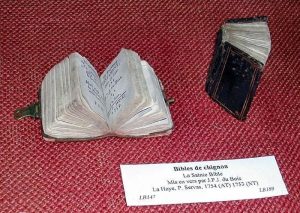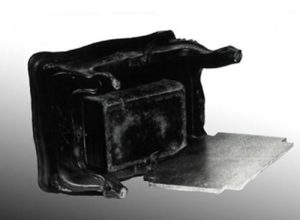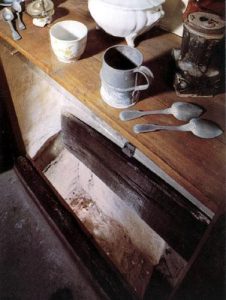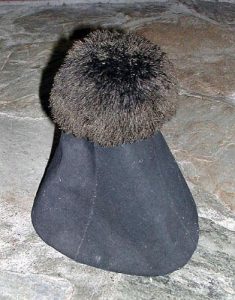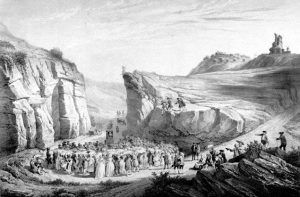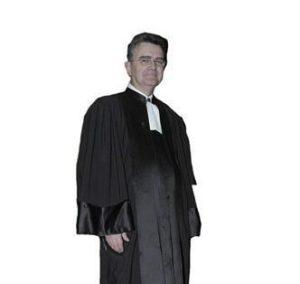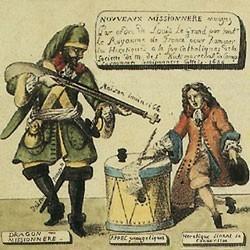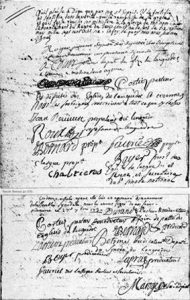Objects necessary for religious celebrations were concealed
The practice of the Reformed religion was forbidden by the Edict of Fontainebleau (1685).
However, some Protestants still practiced their religion in the secrecy of their own homes, in “underground” meetings, despite the penalties they might incur (death, the galleys, prison). In order to limit these risks, the objects needed for such services were kept hidden in private homes, in order to avoid discovery by visiting law enforcers.
The size of Bibles and hymn books was reduced, or their appearance altered. The title page of the Bible was removed, to avoid discovery of the forbidden book by illiterate soldiers.
Some objects could be dismantled for transport to the clandestine gatherings.
Bun Bibles
The reading of the Bible was still common in Protestant households.
Bibles, or extracts from the Bible, were printed very small so that they could be hidden in a woman’s bun or under her coif. The same applied to hymn books.
Hiding places for the Bible
The “Huguenot mirrors” were thick enough to hide a Bible. Other pieces of furniture, such as stools for example, were also adapted.
Hiding places for ministers
Hiding places for ministers were built in houses – they could be condemned to death if arrested. These hiding places were : cupboards with a false bottom, spaces between the floorboards and ceiling of the room below, between the ceiling and the roof, or hidy-holes in the walls.
Pulpits that could be dismantled
In the second half of the 18th century, pulpits were dismantled and carried to “underground” meetings for use by a preacher or minister.
Communion chalices that could be taken apart
The chalices used for communion could be taken apart and screwed back together. They were carried in small boxes.
Ministers' headgear
In the secret meetings of the second half of the 18th century, ministers wore a gown and kind of black fabric mortarboard. This was taken to meeting by a woman, in a cone-shaped, tinplate container that looked like a milk pail.

